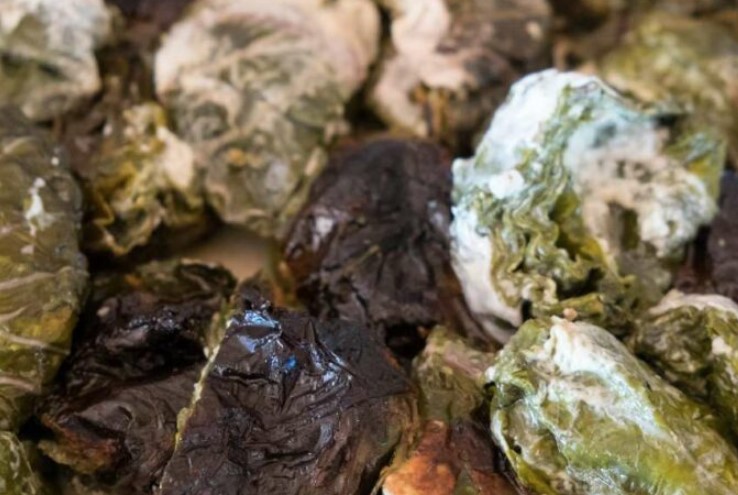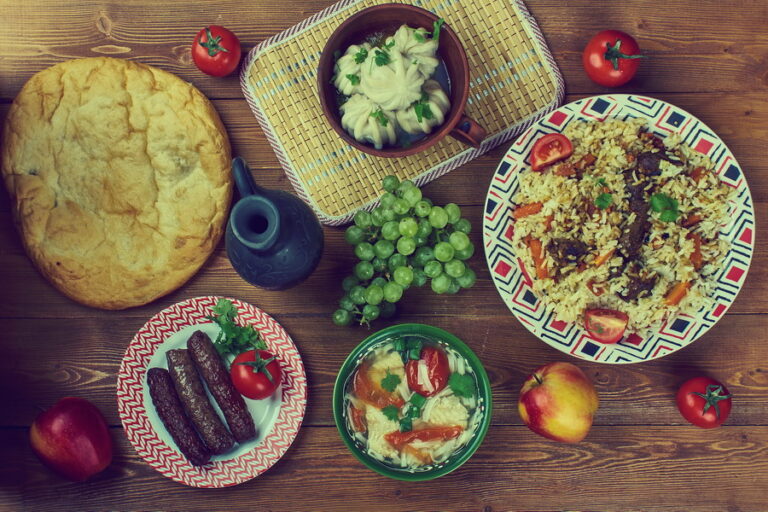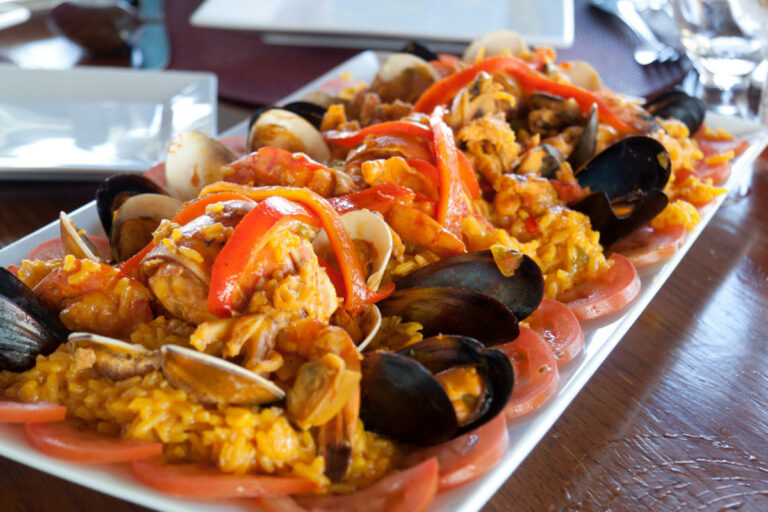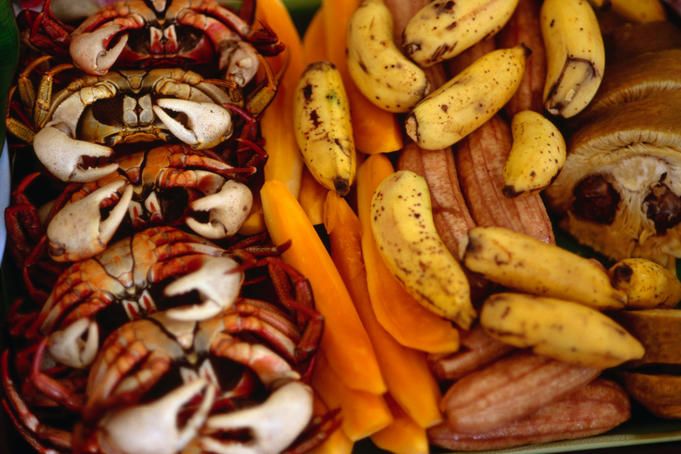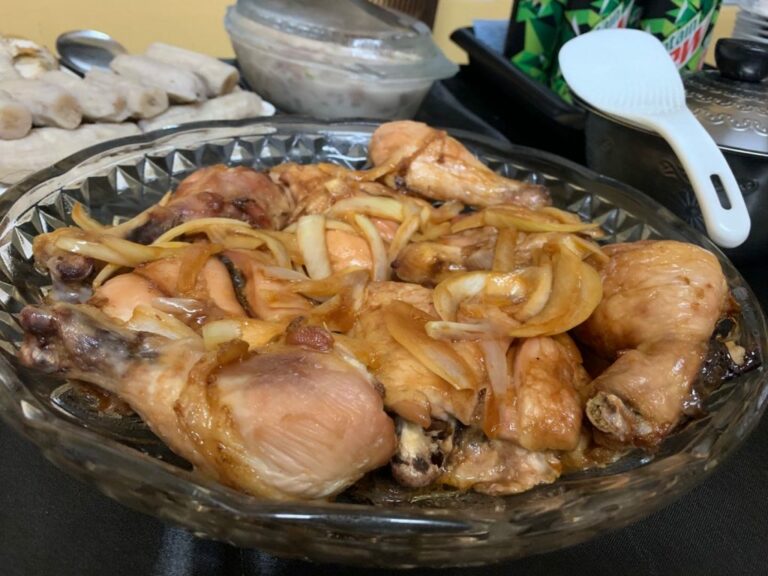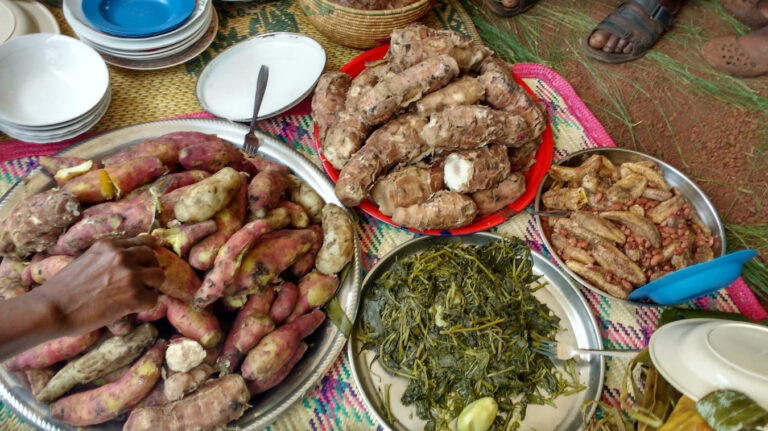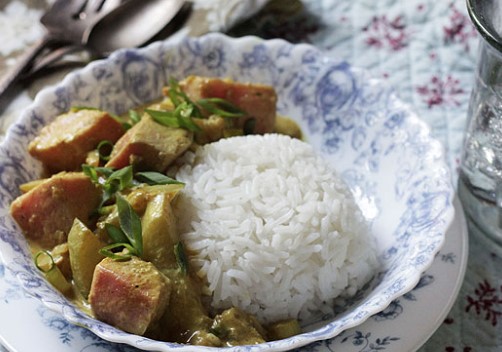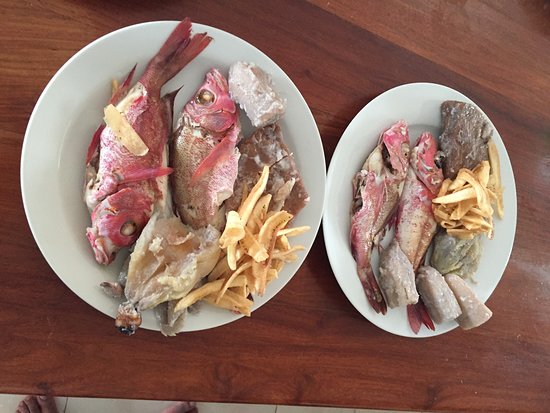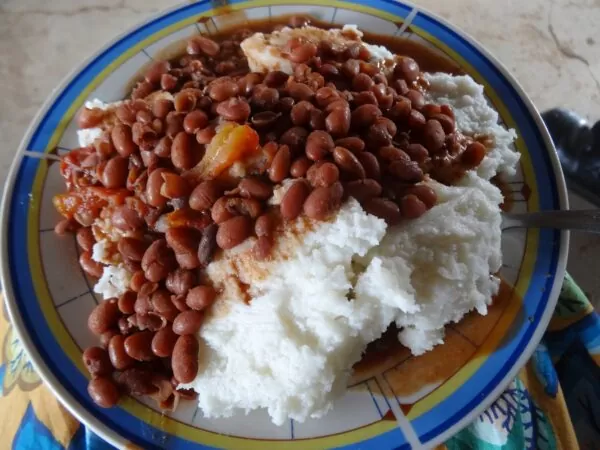Introduction: Tuvalu’s Food Culture
Tuvalu is an island nation located in the South Pacific Ocean. It consists of nine small islands, each with its own unique traditions and cultural practices. Tuvalu’s food culture is strongly influenced by its location, as the nation relies heavily on seafood and root crops as the basis for its cuisine.
Root Crops and Seafood: Bases of Tuvaluan Cuisine
Root crops such as taro, yams, and breadfruit are the staple food of Tuvalu. These are usually cooked and served with coconut cream or grated coconut to add richness and flavor to the dishes. Seafood is also a significant part of Tuvaluan cuisine, with fish, crabs, and lobsters being the most commonly consumed.
Favorites During the Independence Day Celebrations
Tuvalu celebrates Independence Day on October 1st each year, and during this celebration, Tuvaluans typically prepare a range of traditional dishes. One popular dish is a coconut milk-based soup called palusami, which is made using taro leaves and either corned beef or fish. Another favorite dish is ika mata, which is raw fish marinated in lime juice and coconut cream.
Traditional Dishes for the Tuvalu Day Festivities
Tuvalu Day is celebrated on September 30th and is one of the most significant cultural events on the Tuvaluan calendar. During this celebration, Tuvaluans typically prepare traditional dishes such as pulaka (underground baked breadfruit), fekei (a dish made from taro and coconut), and kakea (a dessert made from mashed bananas and coconut cream).
Popular Foods in the Constitution Day Celebrations
Tuvalu celebrates Constitution Day on October 1st each year, and during this event, Tuvaluans typically prepare a range of traditional dishes. One popular dish is se’i, which is a type of smoked fish that is served alongside taro and other root crops. Another favorite is luau, a dish made from taro leaves and coconut cream, which is similar to palusami.
Other Festive Dishes in Tuvalu: The Te Aso Faka-Tau or Gospel Day
Te Aso Faka-Tau, also known as Gospel Day, is celebrated in Tuvalu on December 1st each year. During this celebration, the focus is on religious activities, but traditional food also plays a significant role. One popular dish is fai’ai, which is a type of coconut bread that is served alongside fish or meat. Another favorite is kakai, a dessert made from mashed bananas and coconut cream.

